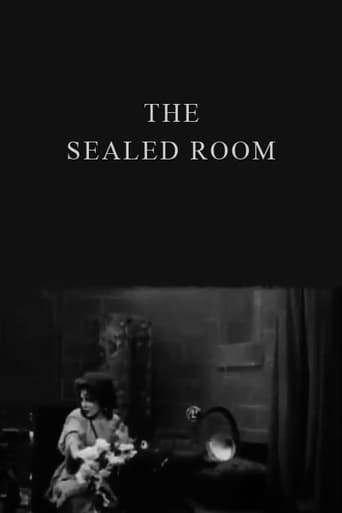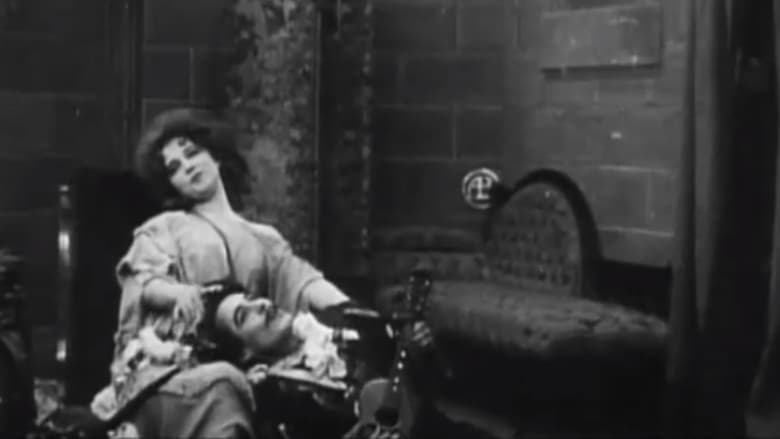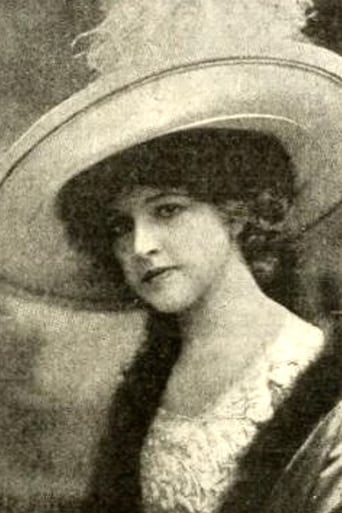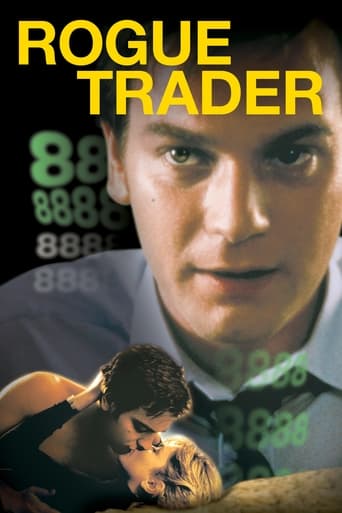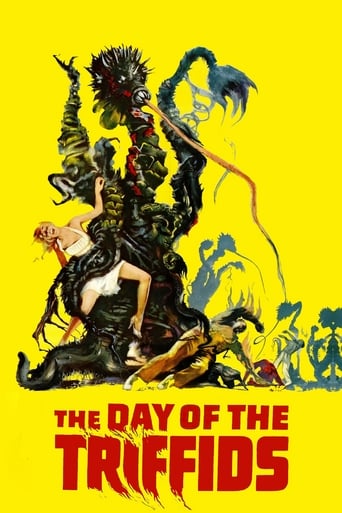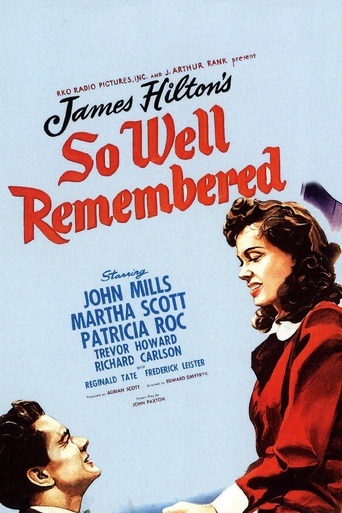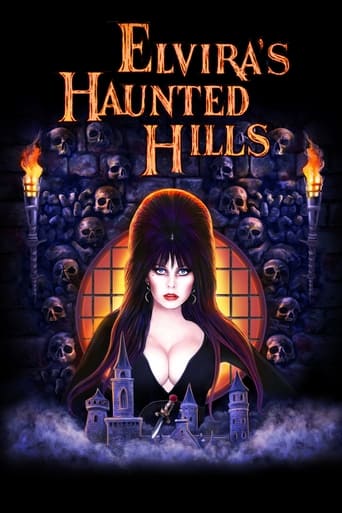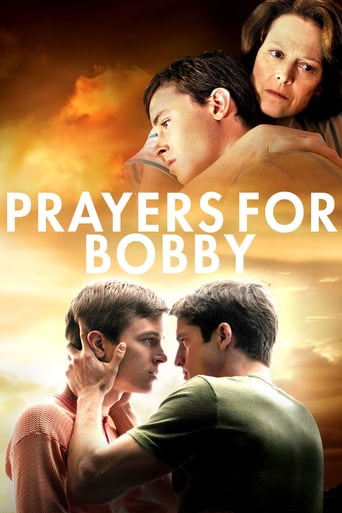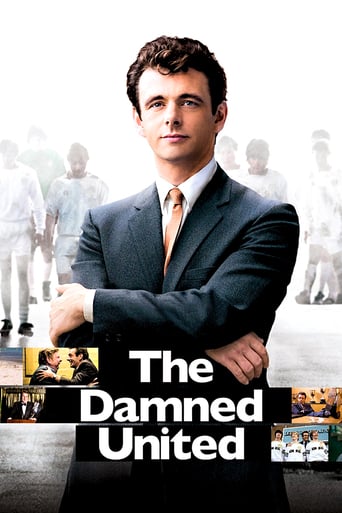The Sealed Room (1909)
The Count sets out to make a private room for him and his Countess, built in such a way no one can see, hear, and most importantly, disturb them. But unbeknownst to the Count, his wife has set her eyes on the court minstrel. Based on Edgar Allan Poe's “The Cask of Amontillado” and Honoré de Balzac's “La Grande Breteche”.
Watch Trailer
Free Trial Channels
Cast


Similar titles
Reviews
Lack of good storyline.
A lot of perfectly good film show their cards early, establish a unique premise and let the audience explore a topic at a leisurely pace, without much in terms of surprise. this film is not one of those films.
I enjoyed watching this film and would recommend other to give it a try , (as I am) but this movie, although enjoyable to watch due to the better than average acting fails to add anything new to its storyline that is all too familiar to these types of movies.
Excellent characters with emotional depth. My wife, daughter and granddaughter all enjoyed it...and me, too! Very good movie! You won't be disappointed.
This is quote an enjoyable early Griffith film in which he once more makes good use of cross-cutting to create an escalating feeling of tension. Based on an Edgar Allan Poe story, the film efficiently sets the scene as we see a deliriously happy king having all but one of the doors to his love nest sealed so that only his beloved can gain entrance. However, all is not quite as blissful between the king and his beloved as we might expect. Just look at the way the minstrel's lute playing becomes increasingly frenetic each time the king and his squeeze embrace. Sure enough, the moment he's out of the room, his girl and the minstrel are in each others arms.It's quite interesting to chart the increasing sophistication of films as the 20th Century approached the end of its first decade. The sets are still stagy, but they are more realistic than only a few years before, and the costumes in this period piece are surprisingly realistic. Future stars are also beginning to make an appearance: Arthur V. Johnson, who plays the King here, was one of Griffith's first, and Mary Pickford, who has a bit part in this film, would soon replace Florence Lawrence as the Biograph Girl.
This period melodrama is one of Griffith's earliest claustrophobic films. Characters trapped within a room are prevalent throughout his work and, as time went by, he would become increasingly adept at portraying their helplessness and involving the audience in their terror. In the bluntly titled Sealed Room there is one major difference to the normal plot line, in that there truly is no escape.Griffith achieves the claustrophobic effect here in two ways. First is his use of space. While the typical Biograph short might utilise a dozen or more sets, The Sealed Room features only two adjoining rooms the king's court and the dove cote that becomes the eponymous tomb. The set design in these shorts is rarely referenced, but here it is crucial. The court is a large interior, with a backdrop hinting at greater depth and showing us a window and a staircase. Actors enter and leave from various directions, suggesting the room is not only spacious but also free and open. By contrast the dove cote's back wall is very close to the camera, and the angles in it suggesting a hexagonal or octagonal shape make it seem even more confined.The second technique on display here is the cross-cutting. Anyone with an interest in Griffith's work will probably know about his heavy use and development of cross-cutting to build excitement or tension. Many will also know that strictly speaking it wasn't his invention. However what makes Griffith's cross-cuts so effective is the way he paces the opposing images so they complement each other. The Sealed Room contains a good example of what I mean. The shots of the masons shifting the heavy bricks have a slow, step-by-step pace to them, with tension building as the wall gets higher. This movement is matched by the shots of the blissfully unaware lovers, in which Marion Leonard tears off flower petals one-by-one. As the couple realise their predicament, their rising panic is complemented by the opposing shot of the king madly thrashing his sword against the wall.At this point, Griffith was yet to realise that the action could be heightened further by introducing a third strand to the cross-cut. The dramatic "ride-to-the-rescue", here absent, was later to become a standard climax to Griffith's pictures.
By 1909, D.W. Griffith had been directing films for the Biograph Company for about a year, and working at a rate of two or three per week was rapidly beginning to develop his skills as a filmmaker. 'The Sealed Room' is a very interesting 11 minute short, a fascinating piece of Gothic melodrama that even drifts slightly into the realm of early horror. The simple narrative was probably inspired by Edgar Allen Poe's 1846 short story, "The Cask of Amontillado," and concerns a powerful king who conceives a deliciously sadistic form of revenge to punish his wife's infidelity.Set in medieval times, 'The Sealed Room' begins with the king (Arthur V. Johnson) overseeing the construction of a windowless room from a sequestered dove-cote, the idea being that he and his wife (Marion Leonard) will have a completely private place to enjoy each other's company. He is obviously very much in love with her, always showing his affection, this latest act the crowning achievement of his endearment. However, unbeknownst to the king, his wife has fallen in love with the royal minstrel (Henry B. Walthall). During one romantic liaison inside the specially-built room, the wife and the minstrel are discovered, and the heartbroken king conceives a means of getting his retribution on the ignorant couple. Silently, he orders his workmen to seal off the only doorway with stone and mortar, slowly descending into cackling insanity as each new stone is placed down.D.W. Griffith always had an eye for acute detail, and 'The Sealed Room' is an excellent early example of this. The lavish medieval century costumes lend the film a sense of reality, and the castle interior looks authentic enough to be believable. At the time, the director was also pioneering methods of creating suspense, and I must admit that, as the film progressed, I became fixated on finding out what would happen to the hapless young lovers. In the early minutes, Griffith restricts his shots to lengthy long-takes from a stationary camera (as was usual at the time), but soon parallel to the progressively darker subject matter he alters his editing tactics in a fascinating way. Though he may not have invented the technique, Griffith was crucial in popularising the use of "cross-cutting" that is, alternating between different events occurring at the same time. Not only does this create a sense of continuity, but it also maximises the level of suspense, since we, as the audience, are well aware, not only of the king's ghastly actions, but also that the wife and the minstrel are oblivious to it all.Despite these innovations, 'The Sealed Room' suffers from many of the shortcomings typical of the era. The entire film takes place in just two rooms, with footage captured from a total of just three positions, and so it is prone to become dull and monotonous at times. The acting performances are greatly exaggerated for extra effect, however, at least in the case of Arthur V. Johnson, his overplaying actually contributed to recognising the escalating madness of the betrayed king. A moment that I thought particularly effective was when the two lovers attempted to exit the room, only to find their only doorway replaced with a wall of solid stone. Their panicked reactions, accompanied by the silent maniacal cackling of the king, serve very well to create an impending sense of claustrophobia. I did think, however, that their supply of oxygen was exhausted surprisingly quickly.
After not having much luck at selling his screenplays to the new movie industry during the first decade of the 20th Century, in 1908 playwright D.W. Griffith got the job that would make him a legend: he was hired by the Biograph Company as a director of movies. It wasn't really what Griffith had expected when he decided to enter the movie business, but he accepted the job, and in less than a year he became Biograph's most successful director thanks to his original approach to film-making and the wild inventive of his narrative. Many years later, he would direct "The Birth of a Nation" in 1915, the movie that would revolutionize film-making and make him one of cinema's first recognized authors; however, a lot of what would make him a great filmmaker can be found in the many short films he made for Biograph Company in the early years of his career. 1909's "The Sealed Room" is one of those, and also one of the few horror movies of that very first decade of the 20th Century."The Sealed Room" is a story set in the 16th Century in which a Count (Arhtur V. Johnson) has built a windowless room in his castle. It is a small yet nice and very cozy room, as it is meant to be used to enjoy the love and company of his wife, the Countess (Marion Leonard) in a more private way. However, the Count doesn't know that his wife is not exactly faithful, as she is infatuated with the Minstrel (Henry B. Walthall) at Court, with whom she is having an affair. As soon as the Count gets busy with his own business, the Countess calls the Minstrel and both lovers go to enjoy the Count's new room. When the Count returns, he discovers she is missing and begins to suspect, finally discovering the two lovers in his room; but instead of making a scene, he prefers to remain hidden as he decides that there is a better punishment for his unfaithful wife: to seal the windowless room with the couple inside.Written by Griffiths' regular collaborator Frank E. Woods, "The Sealed Room" takes elements from Edgar Allan Poe's "The Cask of Amontillado" and mainly Honoré De Balzac's "La Grande Breteche" to create a haunting Gothic melodrama based on the themes of treachery and sadism. Despite having a runtime of 11 minutes, Woods' screenplay develops the story in a very good way, and plays remarkably well with the horror elements of the story. While a melodrama at heart, Woods focus on the character of the Count and his sadism creates one of the best horror characters of these early era. "The Sealed Room" is definitely a very simple and basic story, but Woods handling of the dark and morbid thematic of its plot makes the story a very entertaining film that was very different than most Griffith's melodramas.In "The Sealed Room", Griffith uses his talents to experiment with tension and suspense in a different way than his usual. While he often played with editing to create thrillers that excited his audience, in this movie his focus was to create desperation and horror, playing with the inherent feeling of claustrophobia that the source stories had. It is interesting how the story starts as another of his melodramas and slowly the pacing becomes faster as the horror themes begin to dominate the plot, culminating in his great use of editing for the final scenes. Not being a movie where camera tricks are essential, what shines the most in "The Sealed Room" is Griffith's talent to direct his actors, as the legendary filmmaker manages to bring the best out of his cast with his usual natural style far removed from the staginess that was the norm in his day.As usual, the cast was comprised of usual collaborators of Griffith, starting with Arthur V. Johnson as the Count. Johnson gives a great performance and truly conveys the character's transition from loving husband to sadistic monster. His performance is not without a touch of overacting, but actually that adds realism to the character's exaggerated personality. As the Countess, Marion Leonard looks very good and is also very effective in her acting, conveying a natural charm that makes hard not to sympathize with her in her treachery. Finally, the legendary Henry B. Walthall appears as the handsome Minstrel, and while far from being one of his best performances, he manages to give a proficient acting that also adds a nice touch of comedy to the film. While not of real importance to the plot, it's nice to see other members of Griffith's stock company in the background, like his wife Linda Arvidson and a young Mary Pickford as nobles at Court.While not exactly a masterpiece, "The Sealed Room" is a notable exercise of editing to create suspense and tension like Griffith used to do in those days. The movie has very good set design and while of a very low budget, Griffith's care for details makes it look very convincing and works perfectly along with his directing style. The change of focus to horror makes it to stand out among other of his films from that era, and Johnson's performance as the sadistic Count makes it worth a watch. While Griffith will always be remembered for his highly influential (and controversial) "The Birth of a Nation", the early short films he made before it really give a good idea of the development of the techniques and the style that would make him a legend. Simple yet elegant, "The Sealed Room" is a fun movie to watch and one of the few horrors of the first decade of the 20th Century. 7/10

